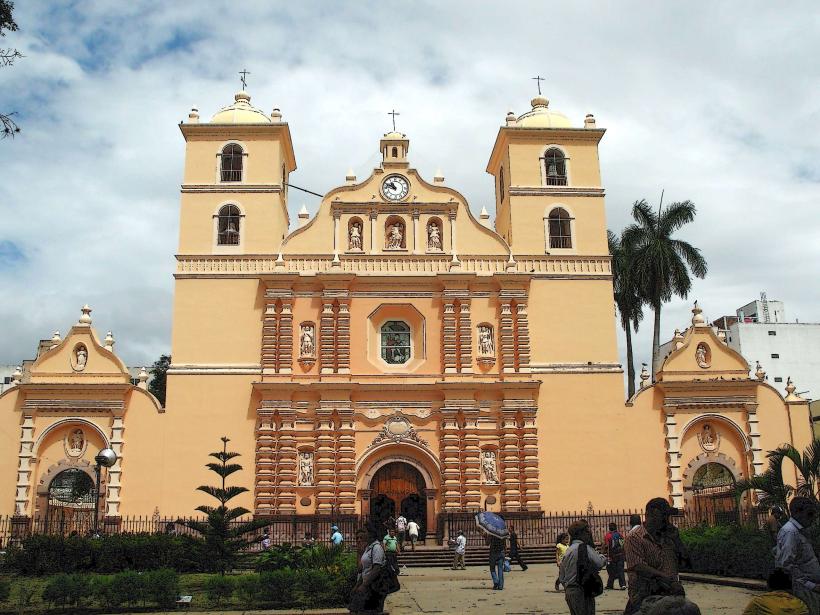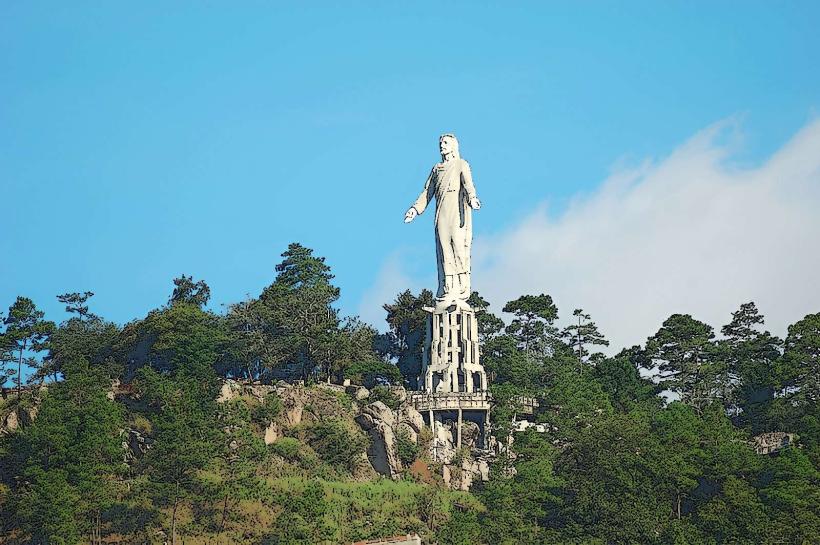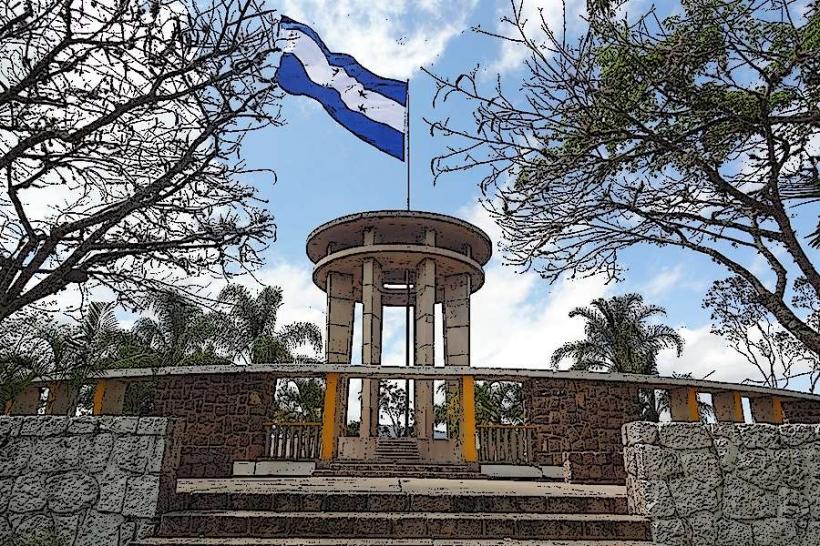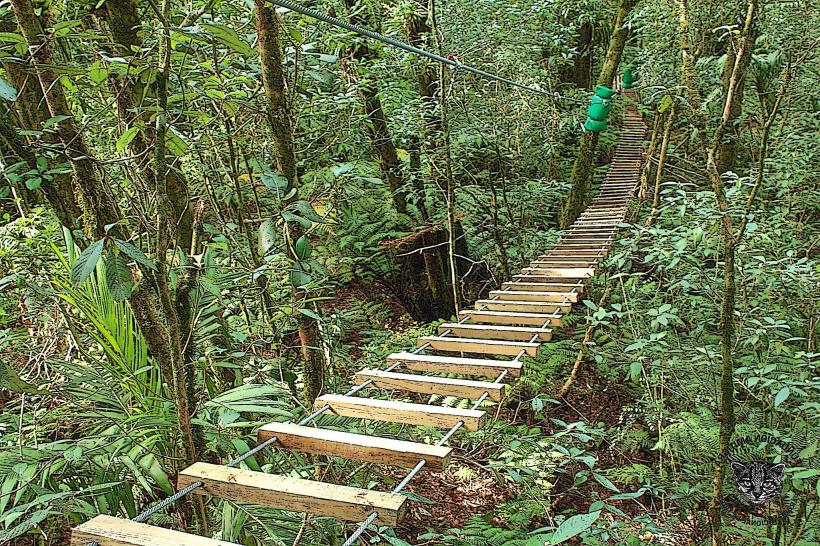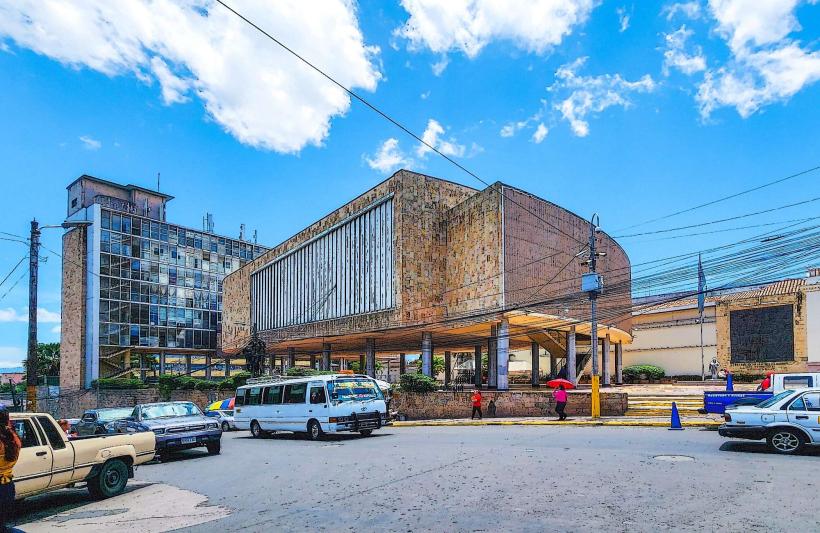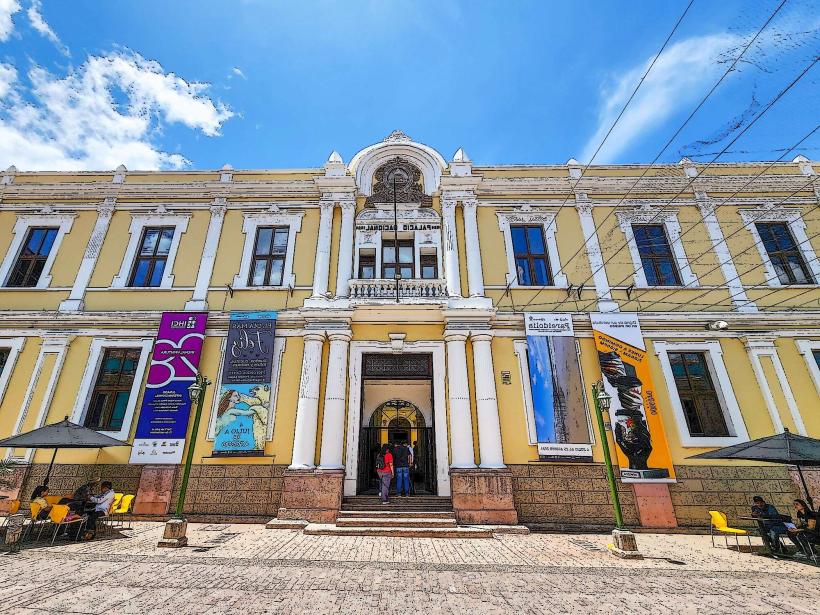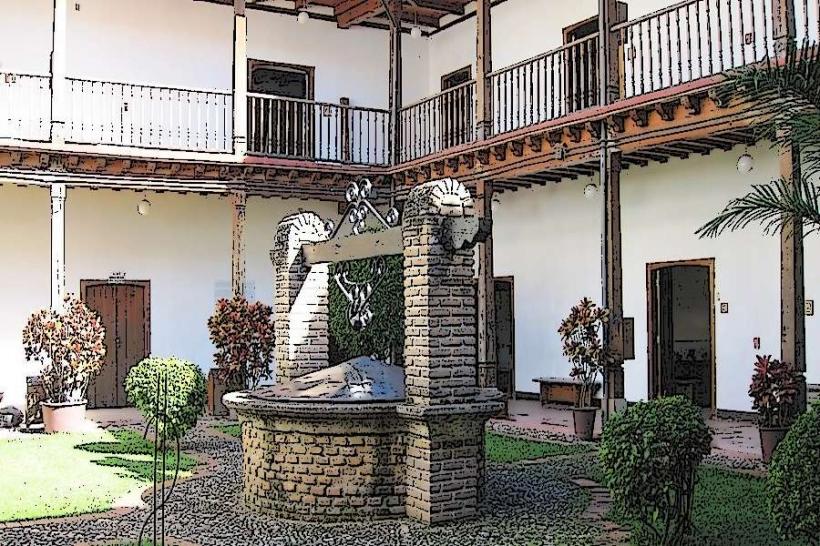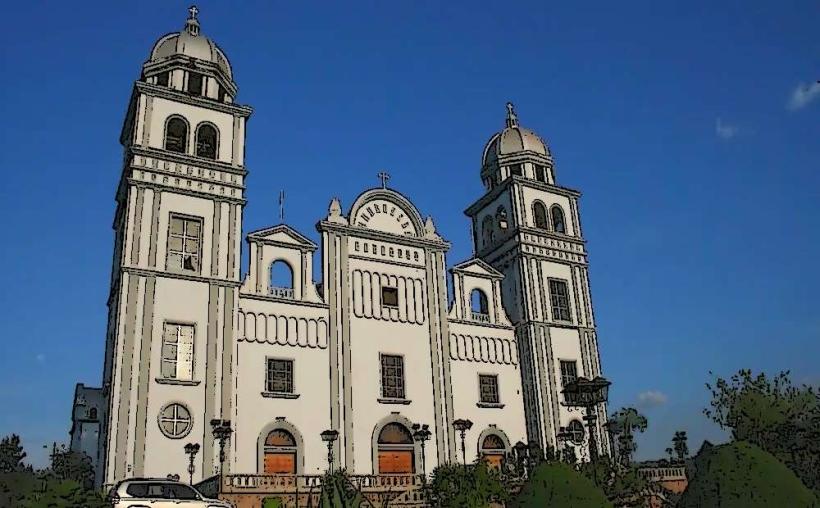Information
City: TegucigalpaCountry: Honduras
Continent: North America
Tegucigalpa is a city marked by its unique geography, climate, urban layout, and growing economic importance, while also facing significant challenges related to its rapid growth.
Geography and Environment: Tegucigalpa is located in a valley, surrounded by mountain ranges, giving it a scenic and varied topography. The mountains that encircle the city create a dramatic backdrop, with hills and valleys dotting the landscape. The city itself sits at an elevation ranging from 975 meters to 1,463 meters above sea level, which contributes to the cooler temperatures compared to lower-lying regions in Honduras. The Choluteca River flows through the valley and divides the city into two parts—Tegucigalpa on the east and Comayagüela on the west. The river is a central geographical feature, though it has faced issues related to pollution and mismanagement of its surrounding areas.
Climate: Tegucigalpa experiences a tropical savanna climate, characterized by both a wet and dry season. The dry season lasts from November to April, with cooler temperatures that average between 19°C and 23°C. The dry months, particularly December and January, can see temperatures dip to the lower end of this range. The rainy season spans from May to October, with May and June being particularly wet, leading to frequent afternoon rain showers. The city is often subject to humidity and sporadic downpours, particularly during the peak rainy months. The highest temperatures are typically recorded between March and April, often reaching 30°C or more, making it the hottest period of the year.
Urban Layout: The urban structure of Tegucigalpa has developed over centuries, and its layout reflects both colonial heritage and modern urbanization. The city is a mix of formal, planned neighborhoods and informal settlements, particularly in the more recently developed areas. The city center has the more traditional, organized streets, while the outskirts often contain densely packed informal housing, with limited access to services like paved roads and sanitation. Urban sprawl has been one of the major issues for Tegucigalpa, as the city struggles to accommodate its growing population without sufficient planning.
The city's urban spread has not been evenly distributed, leading to disparities in development. Some areas, particularly in the north, east, and central parts, have more modern infrastructure, such as wide roads, reliable public services, and better access to utilities. In contrast, the southern and western parts have seen much less investment, leading to infrastructure gaps and informal housing.
Transportation: Public transportation in Tegucigalpa is largely reliant on buses. The city's bus system is one of the most extensive in Honduras, with numerous routes connecting different districts. Buses are typically affordable, which makes them a popular option for commuting. However, the transportation system struggles with overcrowding, especially during rush hours, and issues with maintenance and punctuality. The city's geography, with its steep hills and narrow streets, often complicates the transit network, leading to traffic congestion. There are limited options for modern public transit, such as a subway or light rail system, which further exacerbates the city's traffic woes.
For long-distance travel, Tegucigalpa is the primary hub, with buses connecting to various other parts of the country. The city's road network is also crucial for domestic trade and commerce, as it connects the capital to the rest of Honduras.
Economy: Tegucigalpa is the political, economic, and cultural center of Honduras. It hosts government institutions, financial institutions, and major business hubs. The economy is diverse, with sectors such as manufacturing, services, retail, and agriculture contributing to its economic activity. The city houses the headquarters of several national companies, as well as branches of international corporations, particularly those focused on financial services and trade.
Despite its position as the economic heart of Honduras, Tegucigalpa also faces economic challenges. A significant portion of the population lives below the poverty line, and income inequality is prevalent. There are large informal sectors, with people engaging in street vending, small businesses, and other unregistered economic activities.
The city has seen some industrial growth, with the establishment of manufacturing plants and light industry. However, these industries often face challenges related to power shortages, insufficient infrastructure, and political instability. Economic disparity is visible in the city's neighborhoods, where wealthier districts feature modern commercial buildings, while poorer areas are marked by informal housing and a lack of amenities.
Demographics and Population Growth: Tegucigalpa's population has grown steadily over the years, driven by rural-urban migration. People from rural areas in Honduras move to the capital in search of better opportunities, leading to rapid urbanization. The population has increased dramatically over the past few decades, and the city is now home to over a million people, making it the largest city in the country.
This population growth has placed significant pressure on the city's infrastructure, including housing, public transportation, sanitation, and healthcare services. The growing population has also contributed to urban sprawl, with informal settlements springing up on the hillsides and in areas previously used for agriculture or conservation.
Social and Political Issues: Tegucigalpa faces a range of social issues, including poverty, unemployment, and inequality. While there are areas of affluence, large sections of the city are marked by high poverty rates, inadequate housing, and a lack of access to basic services. Education and healthcare systems are under strain, with public schools and hospitals often overcrowded and underfunded.
The city also grapples with crime and violence, which are linked to the broader issues of poverty, drug trafficking, and weak law enforcement. Crime is particularly prevalent in certain neighborhoods, leading to challenges related to public safety and security.
Environmental Concerns: The rapid urbanization of Tegucigalpa has resulted in environmental challenges, including deforestation, water contamination, and pollution. The expansion of informal housing on the hillsides has led to soil erosion and an increased risk of landslides during the rainy season. The Choluteca River, which runs through the city, suffers from contamination due to poor waste management and untreated sewage being dumped into the water.
Pollution, both air and water, is also a growing concern, especially as industrial activities increase and the number of vehicles on the roads rises. The city has attempted to address these issues with mixed results, and much work remains to mitigate the environmental impact of its growth.
In summary, Tegucigalpa is a city of contrasts—where modern developments coexist with areas suffering from poverty and inadequate infrastructure. While it is the political and economic heart of Honduras, the city faces significant challenges as it continues to expand and urbanize. Despite these challenges, Tegucigalpa remains a vibrant and essential part of the country, offering both opportunities and obstacles for its inhabitants.

